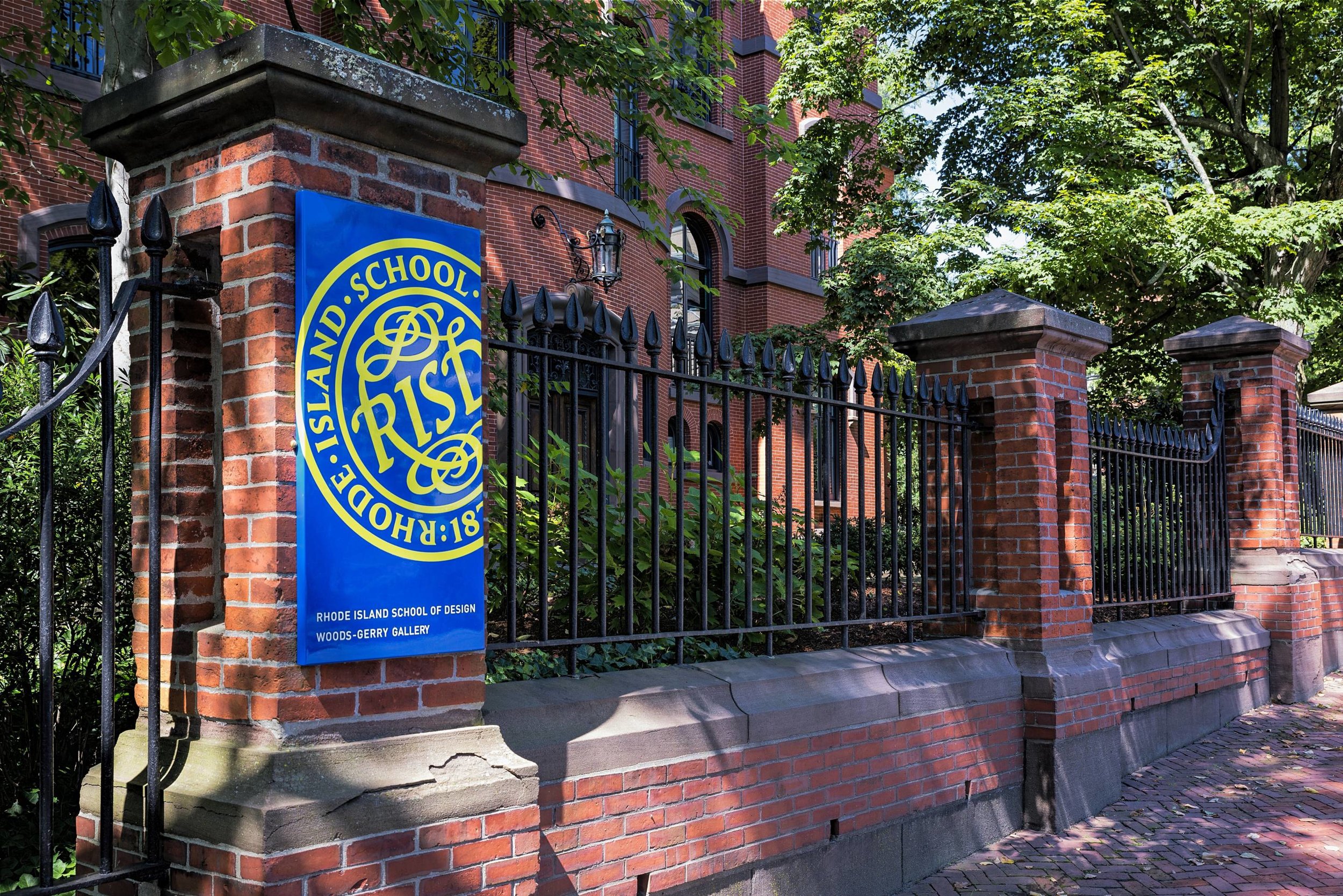Art League Rhode Island Annual Meeting
Featured Speakers: Michael Rose and Anastasia Azure
Wednesday, June 19, 4:30pm - 7:30pm
at the Providence Art Club
Admission: This program is for Art League Rhode Island Members.
I am pleased to be one of the featured speakers at the Art League Rhode Island’s Annual Meeting 2019. I will be giving a brief talk on the state of the local and regional art market for members of one of the premier visual arts organizations in the State of Rhode Island. I thank the Art League for inviting me to share my expertise with their artists, who comprise a large segment of artists working in the Southern New England marketplace.
Writing an Artist’s Bio with Michael Rose
at Rhode Island School of Design Continuing Education
Thursday, June 27, 6:30pm - 9:30pm
at the Rhode Island School of Design
Tuition: $85, To learn more and to register, visit RISD CE’s site.
I am grateful to The Rhode Island School of Design for inviting me back to teach another writing course in their Continuing Education Department. This class will focus on writing an artist’s bio that effective tells a story.
Course description from the RISD Catalogue: Learn how to share your personal story as an artist in a compelling and accessible way. Through the use of the third-person biographical essay, you'll discover how to develop your backstory to paint a more complete picture of yourself as an artist and as a person, and how to give readers a clear insight into your personal narrative and the inspiration, motivation and nature of your work. By the end of the workshop, you will have developed strategies of approach and a rough outline to write your bio for use in a variety of applications including web and print.
Art Lovers Book Club
Special Presentation on Sebastian Smee’s The Art of Rivalry
with Guest Speaker Michael Rose
Saturday, June 29, 2:00pm - 4:00pm
at the Attleboro Arts Museum
Admission: This program is free and open to the public. Reservations are requested but not required. To reserve call 508-222-2644 x10 or visit the Museum’s website.
I thank the Attleboro Arts Museum for inviting me to speak to their Art Lovers Book Club in June. The Attleboro Arts Museum’s Art Lovers Book Club launched in January 2010. A dynamic Museum member proposed this artful Book Club idea and the program was launched on a trial basis. After the success of the first meeting it was clear that the Book Club should live on. The Art Lovers Book Club meets in the Museum’s Ottmar Gallery from 2 – 4pm. This talk on June 29 will focus on Sebastian Smee’s book The Art of Rivalry, which features four friendships, betrayals and breakthroughs in modern art – Manet and Degas, Picasso and Matisse, Pollock and de Kooning, Freud and Bacon.
Work by Abba Cudney, which will be on view at BankRI during July’s Gallery Night.
Gallery Night Providence July
Celebrity Guide: Michael Rose
Thursday, July 18, 5:30pm - 7:30pm
at galleries throughout Providence, Rhode Island
Admission: This program is free and open to the public. See the Gallery Night website for more information about scheduling, parking, and other logistics.
I am thrilled to be the Celebrity Guide for Gallery Night Providence’s July installment. This free monthly program gives visitors access to galleries and museums throughout the city. My tour will begin at 5:30pm at Regency Plaza Apartments where free event parking is available. This tour will feature four stops including BankRI’s Exhibition of work by my friend and colleague at the Providence Art Club, the talented painter and printmaker Abba Cudney.
And coming this fall…
Plymouth Center for The Arts
50th Annual Juried Art Exhibition
Three Jurors including Michael Rose
Gala Reception: Saturday, September 21
In addition to these other programs, I am also excited that I have been invited to serve on a panel of three jurors selecting work for the Fiftieth Annual Juried Art Exhibition at the Plymouth Center for The Arts in Plymouth, Massachusetts. More information on this exhibition will be available soon.
For more information about any of these programs, please reach out to me. I am happy to chat more about collaboration ideas, scheduling availability, and pricing. I am always interested in learning about new venues and partnerships!
- Michael




